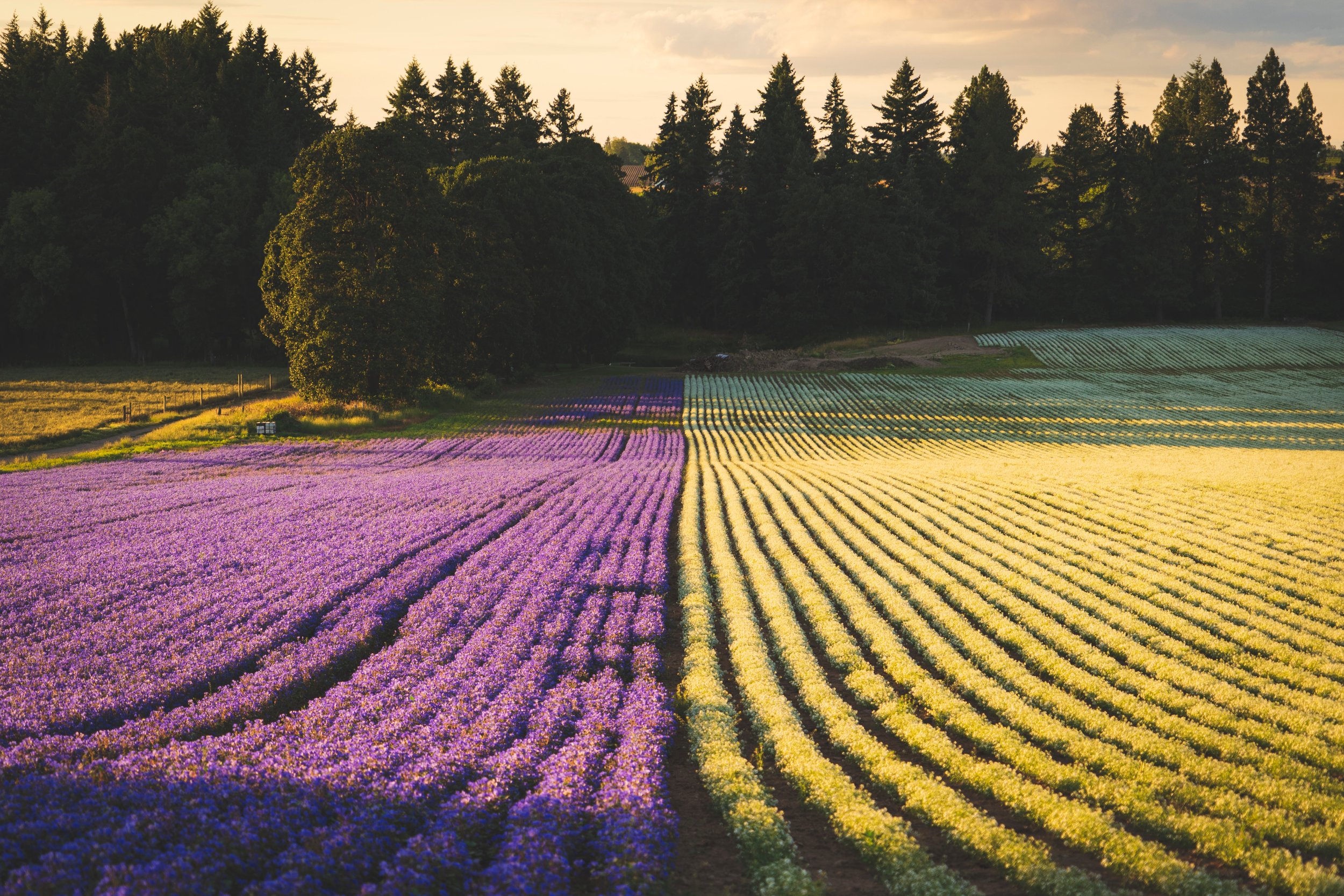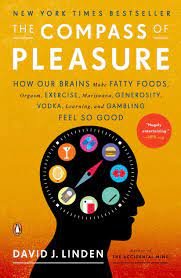Lecture 8:
Neural Pathways for Reward, Habit, Addiction, and How They Affect Our Happiness
“No person is free who is not master of himself.”
-Epictetus
There’s a saying by a famous spiritual author, Michael Singer: “True freedom is freedom from yourself, not freedom for yourself”. Struggling with self-evaluation is a difficulty humans have wrestled with since ancient times, making us blame others for our misfortunes and believe in extrinsic values to pacify our unhappiness. But when we take a moment to be mindful of the thoughts and feelings behind our actions, to understand both the emotional and neural mechanisms underlying them, we open the capacity to see our unhealthy habits as they truly are - as well as to change them. Why do we seek solace in harmful habits and addictions even when knowing they are not good for us? Do we actually feel happy when we act on them? Or are they only numbing a deeper source of our unhappiness?
Over millions of years, evolution promoted the development of neural reward pathways that helped us survive. Those same ancient pathways are triggered in both healthy (e.g. safety, social cohesion, nutrients) and unhealthy (e.g. poor social media use, junk food, addictive drugs) habitual actions. The unfolding of these evolutionarily determined needs through the development of our culture and beliefs has resulted in a society that promotes “rugged” individualism over community, excess consumption over sharing, instant gratification over long term mental health. Our habits of thought and action can make choosing unhealthy actions and thought patterns easy, and the healthy ones hard. Habits are formed in the process of Cue, Craving, Response, and Reward: imagine you’re doing homework and feel stressed (Cue), and you want to relieve your stress (Craving), so you go on social media (Response), and associate social media with relaxation and/or feeling your needs met (social acceptance, love, etc.) (Reward). Neurally, this process involves these main brain parts: the hippocampus (important for memory formation), the striatum (important for subconscious habit formation), the ventral tegmental area (aka VTA, reward pathway that sends pleasure signals to nucleus accumbens (NAc) and releasing dopamine; it’s connected to several pleasure/reward pathways throughout the brain), amygdala (important for emotions and emotional associations), and the prefrontal cortex (important for logic and response inhibition, so is reduced in effectiveness during habit formation, especially in addictions).
It’s important to note that habits are not just actions - we are also addicted to our thoughts and feelings, especially negative ones. We are wired to look out for threats in our environment for survival, but this comes at a price when our culture thrives off our fears, even creating them when they’re non-existent (think of news media highlighting more crime when crime rates were at an all time low). By recognizing and knowing our unhealthy habits of thought and action, we can begin to take action - action to lead a more skillful life of positive engagement.
Learning Objectives:
Habits are essential to behavior (of action and thought)
Habits aren’t just actions, but ways of thinking, reacting, and of being.
There are well defined neural pathways of habit formation
The brain has well defined circuits for the perception of pain and pleasure
Activation of the pleasure circuit can override all other behavior
Our behavior is shaped in part through activation of these pleasure/pain pathways
Addiction is characterized by a behavioral pattern where a person repeatedly seeks to do non-constructive behaviors, despite significant negative consequences
Some of the most addictive substances or behaviors strongly activate the pleasure/reward pathway
Putting Happiness into Practice:
Weekly Activity:
Practice Gratitude!
During this week, write in your journal (before bed is a good time) all of the things you were grateful for during the day. Think of at least 5 items. Write a little as to why you are grateful for these things that occurred in your daily life. Savor those things for which you are grateful. Look for them in your daily life, and see if you notice more each day. Gratitude has a way of growing, if you just give it a little water.
Try and practice loving-kindness meditation for 10 minutes each day in addition to noting gratitude. Loving-kindness practice is known to promote feelings of gratitude and connection, reduce anxiety and stress, and to promote better sleep.
Read
You can purchase The Compass of Pleasure here and read “Chapter 1: Mashing the Pleasure Button” and “Chapter 2: Stoned Again”
“Habits — A Repeat Performance” - David T. Neal, Wendy Wood, and Jeffrey M. Quinn
-
BOOKS
The Power of Habit - Charles Duhigg — purchase here
The Craving Mind - Judson Brewer — purchase here
In the Realm of Hungry Ghosts - Gabor Mate — purchase here
Chasing the Scream - Johann Hari — purchase here
Unbroken Brain - Maia Szalavitz — purchase here
SCHOLARLY PUBLICATIONS
“The Neuroscience of Drug Reward and Addiction” - Nora D. Volkow, Michael Michaelides, and Ruben Baler
POPULAR SOURCES
“Brain researchers explain why old habits die hard” - MIT News
“How An Addicted Brain Works” - Yale University
“How Anxiety Hides in Your Habits” - Greater Good
“Most Habit-Change Tools Fail With Anxiety — Here’s One That Works” - Judson Brewer
“How Habits and Happiness Are Linked” - Mindful.org
“Moving Your Body is Like a Tune-Up for Your Mind” - Greater Good
“Your Sleep Tonight Changes How You React Tomorrow” - Greater Good
“The Hedonic Treadmill – Are We Forever Chasing Rainbows?” - Positive Psychology
“What's the Difference Between Eudaimonic and Hedonic Happiness?” - ThoughtCo
Watch
-
5 Crazy Ways Social Media Is Changing Your Brain Right Now - AsapSCIENCE
The Anxiety Habit Loop - Judson Brewer
Everything you think you know about addiction is wrong - Johann Hari
Searching for love to escape ourselves - Hayley Quinn
The Science of Addiction and the Brain - Brainbook
What would happen if you didn’t sleep? - Claudia Aguirre
Trauma and Addiction: Crash Course Psychology #31 - CrashCourse
8 Habits That Make YOU Stay UNHAPPY - Psych2Go
8 Everyday Habits That Are Making You Anxious - Psych2Go
8 Little Habits You Don't Know Are Signs Of Anxiety - Psych2Go
How Habits Can Change Your Life (and Your Brain) - Be Smart
The drug-like effect of screen time on the teenage brain - PBS News Hour
Listen
-
“Michael Pollan: Conscious Eating” - Oprah’s Super Soul
“An Episode for Overthinkers: Tuere Sala” - 10 Percent Happier with Dan Harris
“How to Stop Living an Artificial Life: Karen Armstrong” - 10 Percent Happier with Dan Harris
“A New Way to Think About Your Money: William MacAskill” - 10 Percent Happier with Dan Harris
“5 Ways to Be Less Distracted: Shaila Catherine” - 10 Percent Happier with Dan Harris
“Dial D for Distracted” - The Happiness Lab
“Laurie Talks Monkeys and Bad Money Decisions” - The Happiness Lab
“Burnout and How to Avoid It” - The Happiness Lab


